Anecdotes and other notes from the U-M Special Collections Research Center.
Beyond the Reading Room
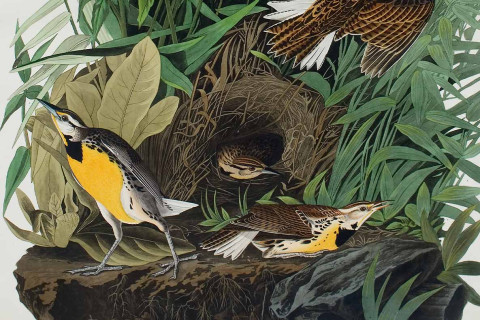
Posts in Beyond the Reading Room
Showing 121 - 130 of 392 items
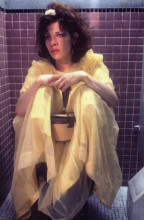
- Philip A Hallman
Turner Classic Movies (TCM) in conjunction with HBO Max will present Dogfight (1991), directed by Nancy Savoca, as part of its annual film festival this month. Savoca, whose papers were donated to the University of Michigan, is part of the library's Screen Arts Maverick & Makers collection.
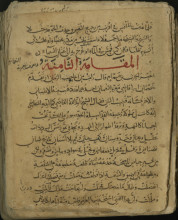
- Evyn Kropf
Join us next Tuesday (13 April) at 4 pm EDT for our last After Hours virtual open house of the term. This month we'll explore a selection of iconic Arabic texts from the holdings of the Islamic Manuscripts Collection as part of the campus celebration of Arab Heritage Month
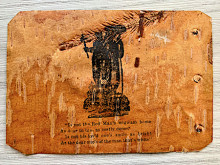
- Marieka Kaye
Join the Special Collections Research Center on March 9, at 4:00pm, for the third of our Winter 2021 After Hours events: "Birch Bark and the Writings of Simon Pokagon." Please register at the link provided in this blog post!
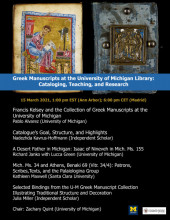
- Pablo Alvarez
We are very pleased to invite you all to the fourth session of the Virtual Encounters on Book History, a series organized by Pablo Alvarez (University of Michigan) and Benito Rial Costas (Universidad Complutense de Madrid). Our fourth webinar is a celebration of two landmark publications based on the extensive collection of Greek manuscripts at the University of Michigan Library: Nadezhda Kavrus-Hoffmann, Catalogue of Greek Manuscripts at the University of Michigan in Ann Arbor. Vol. 1. Ann Arbor, MI: University of Michigan Press, 2021; and Julia Miller, Tradition and Individuality: Bindings from the University of Michigan Greek Manuscript Collection. Ann Arbor, MI: The Legacy Press, 2021. Our speakers will focus on various aspects of this important collection of manuscripts, presenting case studies that illustrate their historical, textual, and artistic relevance.
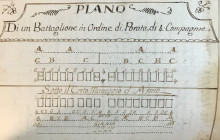
- Pablo Alvarez
On behalf of the University of Michigan Library, we would like to express our gratitude to Samuel L. Chappell (B.S. 1969) and Roberta J. Chappell (B.S. 1967) for their generous gift that allowed us to acquire a manuscript and an early printed book for our military history collection. Since their graduation from the U-M, Sam and Bobbie have kept in touch with the Library in various ways, including generous donations to advance our academic mission.

- Anne Cong-Huyen
On Friday, February 12th, the U-M Library hosted its third annual Douglass Day celebration in honor of Frederick Douglass, 19th century American abolitionist, author, and orator. This year the event highlighted the life, legacy and work of Mary Church Terrell with a lecture from Dr. Shelley Haley followed by transcription, digital art-making, and socializing over baked goods!
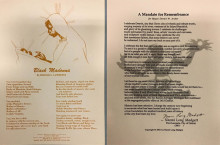
- Juli McLoone
Join the Special Collections Research Center on February 9, at 4:00pm, for the second of our Winter 2021 After Hours events: "Broadside and Lotus: Black-Owned Presses in Detroit." Please register at the link provided in the blog post below.
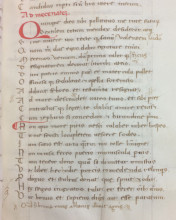
- Pablo Alvarez
We are very pleased to invite you all to the third session of a series of virtual encounters on various aspects of book history. On this occasion,
our webinar is devoted to textual editing and criticism. Our speakers will discuss innovative approaches to digital technology and scholarship in the edition of literary texts, ranging from Chaucer to James Joyce.
our webinar is devoted to textual editing and criticism. Our speakers will discuss innovative approaches to digital technology and scholarship in the edition of literary texts, ranging from Chaucer to James Joyce.
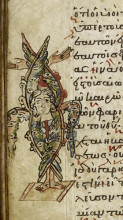
- Pablo Alvarez
I am very excited to announce the publication of the first volume of a two-volume catalog describing the extensive collection of Greek manuscripts at the University of Michigan Library. Authored by Dr. Nadezhda Kavrus-Hoffmann, this fully illustrated catalog describes the largest collection of Greek manuscripts in America, which consists of 110 codices (bound manuscripts) and fragments ranging from the fourth to the nineteenth century.
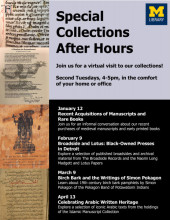
- Pablo Alvarez
We are very excited to re-launch online our open houses in the Special Collections Research Center! As part of the After Hours series, we have arranged an extraordinary line-up of events for the Winter Semester. Before the pandemic, on the second Tuesday of each month during the academic year, we organized physical displays of themed selections from our collections. Now we are committed to continue this tradition of open houses in the virtual world. All are welcome to join us from the comfort of your home or office to chat with a curator and learn about our collections.